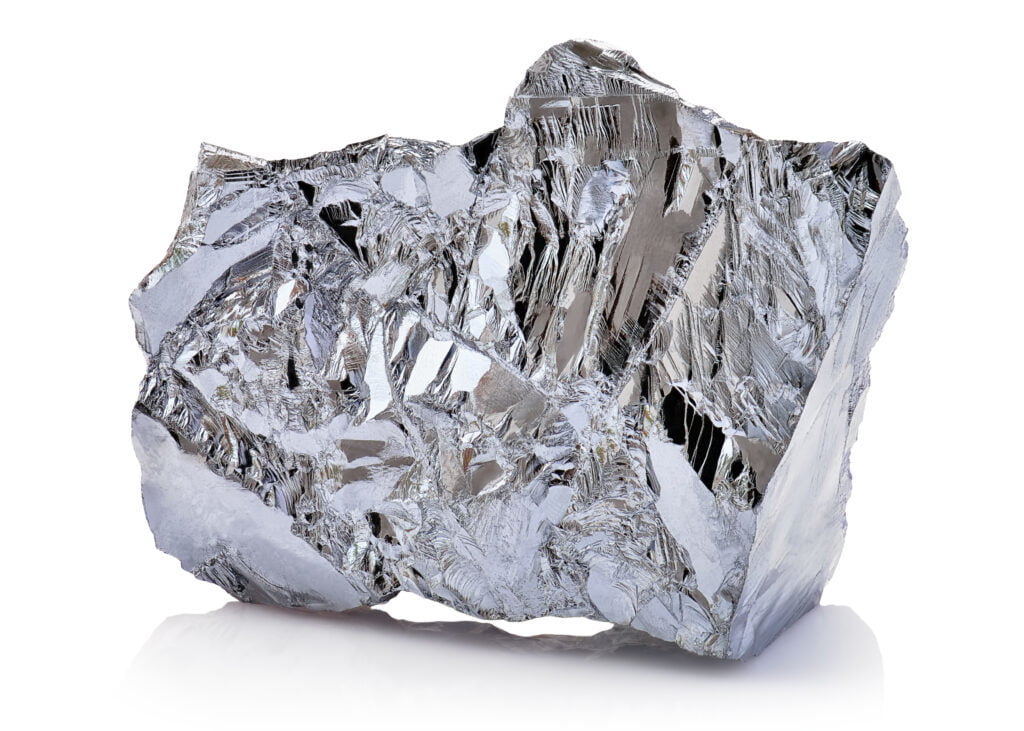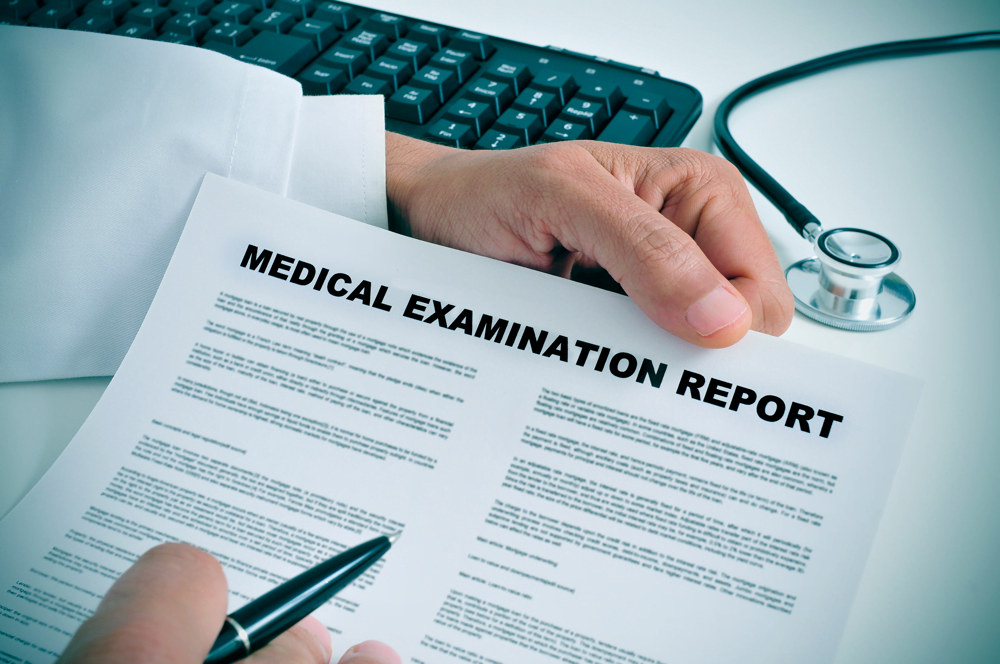What is it?
Nickel is a silvery-white lustrous metal that carries a slight golden tinge and is a chemical element with the symbol Ni and atomic number 28. It has been used for millennia but was first formally classified in 1751 by Axel Fredrik Cronstedt. Pure native nickel is found in the Earth’s crust in trace amounts as well as in the interiors of nickel-iron meteorites. It’s possible that that same compound, nickel-iron, makes up much of the Earth’s outer and inner cores.
What is it used for?
The vast majority of the world’s supply is used in alloys, with about 68% used in the creation of stainless steel. 10 is used in nickel/copper-based alloys, while a further 9% is used in plating, 7% for alloy steels, 4% in miscellaneous areas (particularly batteries) and 3% in foundries.
Its use is recognizable in many ordinary objects that people encounter each and every day and can be found present in coins, magnets, electric guitar strings, plating on plumbing fixtures, microphone capsules and even to create a greenish tint in glass.
It’s very often used in conjunction with other metals in order to increase their tensile strength and toughness and is common in copper, chromium, aluminium, lead, cobalt, silver, gold and special alloys like permalloy, Elinvar and invar. It has been used on occasion as a substitute for decorative silver thanks to its resistance to corrosion, and also as a catalyst in chemicals.
If you work with paints, pottery, glass, plastics or in the electroplating industry then you are likely to have encountered it since it is also commonly employed as a pigment.
What are the risks?
Despite the ubiquity of its use, nickel has some harmful effects that one should be mindful of, although average daily exposure does not pose a threat to human health. Most of the nickel that an individual absorbs every day (most often through skin contact with jewellery, shampoos, detergents and coins) is filtered through the kidneys and passed from the body through urine or destroyed in the gastrointestinal tract without being absorbed.
However, larger doses like those caused by chronic inhalation can be toxic – even carcinogenic – and are considered an occupational health hazard. Nickel carbonyl is a liquid compound of the element and, in its gaseous form, is extremely toxic and should be avoided at all costs.
The most common ways to become overexposed to regular nickel involve the aforementioned inhalation, ingestion or contact with the skin or eyes. If you exhibit any of the following symptoms, then you may have been overexposed:
- Irritation of the skin
- Eye irritation
- Allergic reactions in the skin or lungs
- Inflammation of the lungs
- Contact dermatitis
Prolonged exposure can result in cancer of the lung and nose, especially the sinuses.
What can I do to avoid it?
Due to the commonality of nickel in everyday situations, it is difficult to avoid it entirely. However, your company should always have procedures in place to ensure that what you’re exposed to is not harmful. These will include sufficient airflow, fume and dust controls, employee training and adequate testing methods.







